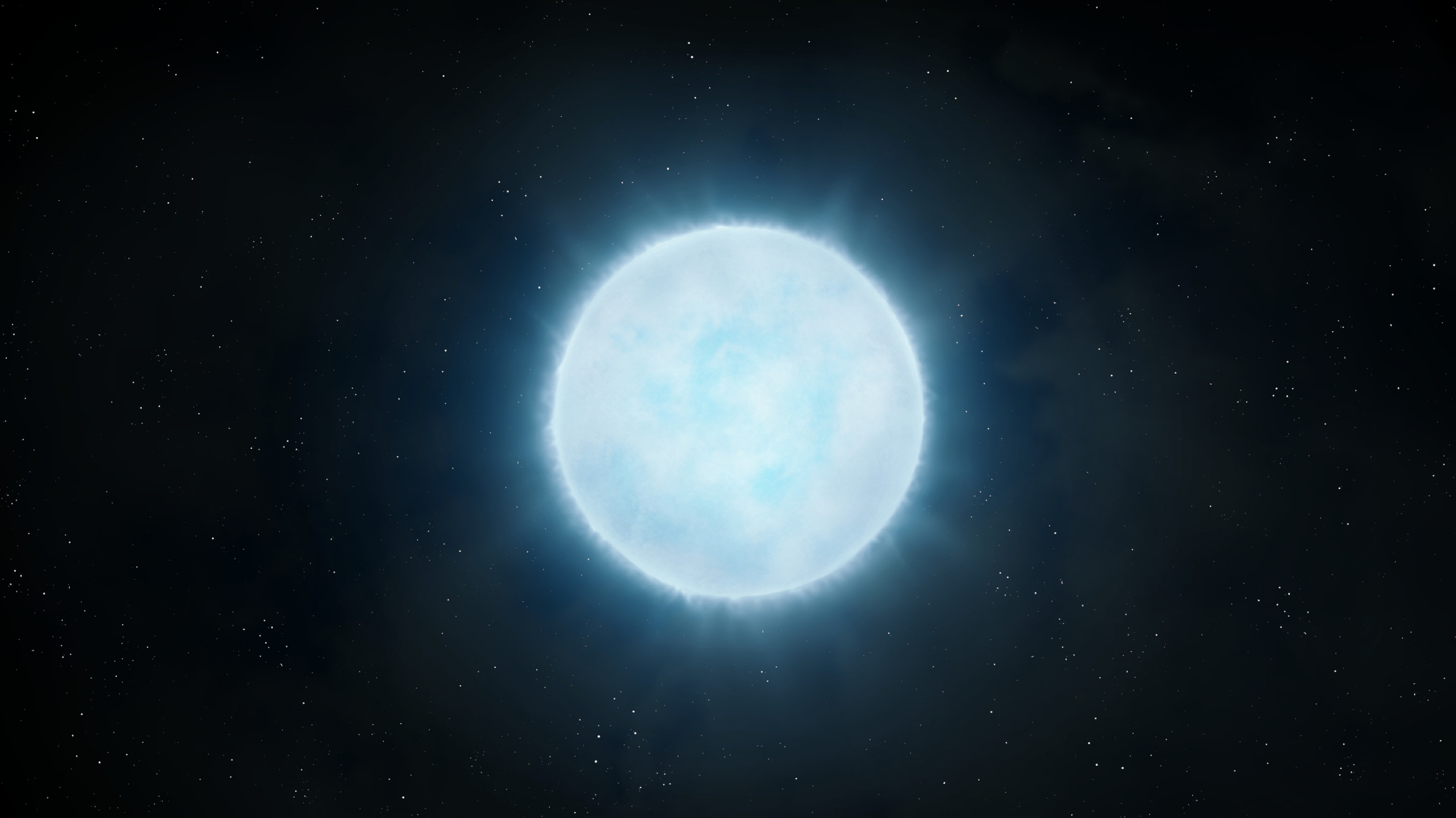The Rovers That Just Won't Stop
The Mars Exploration Rovers Spirit and Opportunity have exceeded NASA's expectations by such a large margin that 2005 was just more icing on the cake as both rovers continue to return invaluable insights into Mars' past.
Each spacecraft was originally expected to last 90 days. On Nov. 21, Spirit completed one martian year--some two Earth years--on Mars. Opportunity, reached that same milestone Dec. 12. Both rovers found what they were sent to probe: signs of past water on Mars.
One of the things that helped prolong the lives of the rovers was the repeated removal of the dust that gathered on the solar panels of each of the robots. Occasional wind events cleared dust from the wing-like panels, thereby increasing the amount of energy yielded by the solar collectors to power the robots.
Spirit, which like its twin Opportunity is about the size of a golf cart has now wheeled itself over three miles since landing in Gusev Crater. Opportunity's odometer reads over 4 miles following its touchdown in Meridiani Planum on the opposite side of the planet. A literal high point in Spirit's exploration was a year-long climb through the Columbia Hills, the first robot explorer to ascend a mountain on another planet.
In late September, Spirit reached the top of Husband Hill--a spot nearly as tall as the Statue of Liberty from the floor of Gusev Crater. From that vantage point, Spirit produced a sweeping panorama of the surrounding martian territory--including a view of miniature tornados in the form of dust devils that raced across Mars' surface.
From that same scenic spot, Spirit also snagged images of the two Martian moons, Phobos and Deimos. Other nighttime duties included charting meteor showers skirting across the red planet's sky.
Spirit also found rocks in the Columbia Hills that were either formed in, or altered by, water. Furthermore, rover scientists discerned that the hills hold the highest sulfur content ever found on Mars: sulfate salts, deposited by water. Spirit spent over a month exploring the summit region, then began a descent to additional scientific targets. In a far distant region of Mars, the Opportunity rover went through a year of trial, tribulation and triumph.
Breaking space news, the latest updates on rocket launches, skywatching events and more!
Early in the year, Opportunity, wrapped up surveying its own heat shield. The broken and twisted remains of the hardware were examined by the robot's microscopic imager -- the first time engineers could examine a heat shield after it had entered another planet's atmosphere.
During its heat shield survey work, Opportunity came across an iron meteorite, the first meteorite of any type ever identified on another planet. The basketball-sized object was inspected by the rover, including use of onboard spectrometers, determining that the meteorite was mostly made of iron and nickel.
The robot was then commanded to drive toward a region within Meridiani Planum called Etched Terrain, with Opportunity setting new distance and speed records in the process. In late April, however, ground controllers found that the rover had bogged down in sand, digging itself in to wheel-hub depth.
Through delicate and well-practiced maneuvers using a backup rover on Earth, Opportunity successfully extracted itself -- an effort that took nearly five weeks before the robot was free from its sand trap.
In carefully orchestrated spurts of driving, Opportunity made its way forward, wheeling around Erebus Crater and to its next investigative campaign. The rover performed extensive studies of outcrops in the area, utilizing tools on its robotic arm to examine the material.
At year's end, the robot was parked at Erebus Crater. A balky motor on Opportunity's instrument-laden arm crimped scientific study of the outcrops for several weeks, although work-around-procedures were being studied. Erebus has turned out to be a nasty place to work for the rover, with widely separated outcrops of rock between numbers of dunes and drifts.
Still, expectations were that Opportunity would continue south through the etched terrain and head toward the large Victoria Crater -- a feature eight times larger than the 430-foot-diameter Endurance Crater that the robot explored earlier in its mission.
Scientists studying the bounty of data from Opportunity now believe that life at Meridiani Planum would have likely had a tough time getting started eons ago. Conditions in this region of Mars were strongly acidic, oxidizing and sometimes wet. Those circumstances probably posed drastic challenges to the potential origin of martian life.
While Spirit and Opportunity continued their independent roving of the red planet, NASA's Mars Reconnaissance Orbiter was launched on August 12, 2005. It will join an armada of U.S. and European spacecraft now orbiting Mars, reaching the planet on March 10, 2006.
Work also continued throughout the year in preparing two future NASA Mars landers: Phoenix for a 2007 sendoff and the Mars Science Laboratory that heads for the planet in 2009.
- New Studies Question Mars Water Assumptions
- The Original Story: Water Once Filled Mars Opportunity Rover Landing Site
- Ice Packs and Methane on Mars Suggest Present Life Possible, European Team Says
- Vote for the Best Cosmic Images of 2005!

Leonard David is an award-winning space journalist who has been reporting on space activities for more than 50 years. Currently writing as Space.com's Space Insider Columnist among his other projects, Leonard has authored numerous books on space exploration, Mars missions and more, with his latest being "Moon Rush: The New Space Race" published in 2019 by National Geographic. He also wrote "Mars: Our Future on the Red Planet" released in 2016 by National Geographic. Leonard has served as a correspondent for SpaceNews, Scientific American and Aerospace America for the AIAA. He has received many awards, including the first Ordway Award for Sustained Excellence in Spaceflight History in 2015 at the AAS Wernher von Braun Memorial Symposium. You can find out Leonard's latest project at his website and on Twitter.
